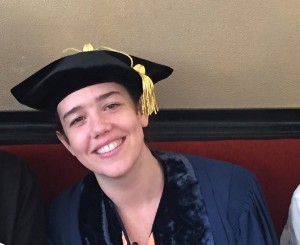This will be a talk for the CUNY Logic Workshop, September 16, 2016, at the CUNY Graduate Center, Room 6417, 2-3:30 pm.
 Abstract. In analogy with the ancient views on potential as opposed to actual infinity, set-theoretic potentialism is the philosophical position holding that the universe of set theory is never fully completed, but rather has a potential character, with greater parts of it becoming known to us as it unfolds. In this talk, I should like to undertake a mathematical analysis of the modal commitments of various specific natural accounts of set-theoretic potentialism. After developing a general model-theoretic framework for potentialism and describing how the corresponding modal validities are revealed by certain types of control statements, which we call buttons, switches, dials and ratchets, I apply this analysis to the case of set-theoretic potentialism, including the modalities of true-in-all-larger-
Abstract. In analogy with the ancient views on potential as opposed to actual infinity, set-theoretic potentialism is the philosophical position holding that the universe of set theory is never fully completed, but rather has a potential character, with greater parts of it becoming known to us as it unfolds. In this talk, I should like to undertake a mathematical analysis of the modal commitments of various specific natural accounts of set-theoretic potentialism. After developing a general model-theoretic framework for potentialism and describing how the corresponding modal validities are revealed by certain types of control statements, which we call buttons, switches, dials and ratchets, I apply this analysis to the case of set-theoretic potentialism, including the modalities of true-in-all-larger-
This is current joint work with Øystein Linnebo, in progress, which builds on some of my prior work with George Leibman and Benedikt Löwe in the modal logic of forcing.
CUNY Logic Workshop abstract | link to article will be posted later





